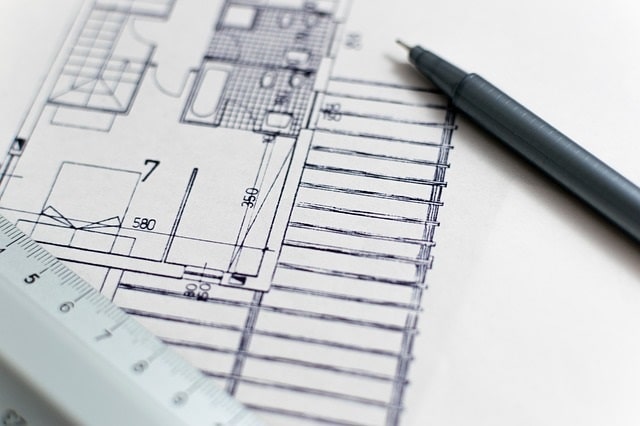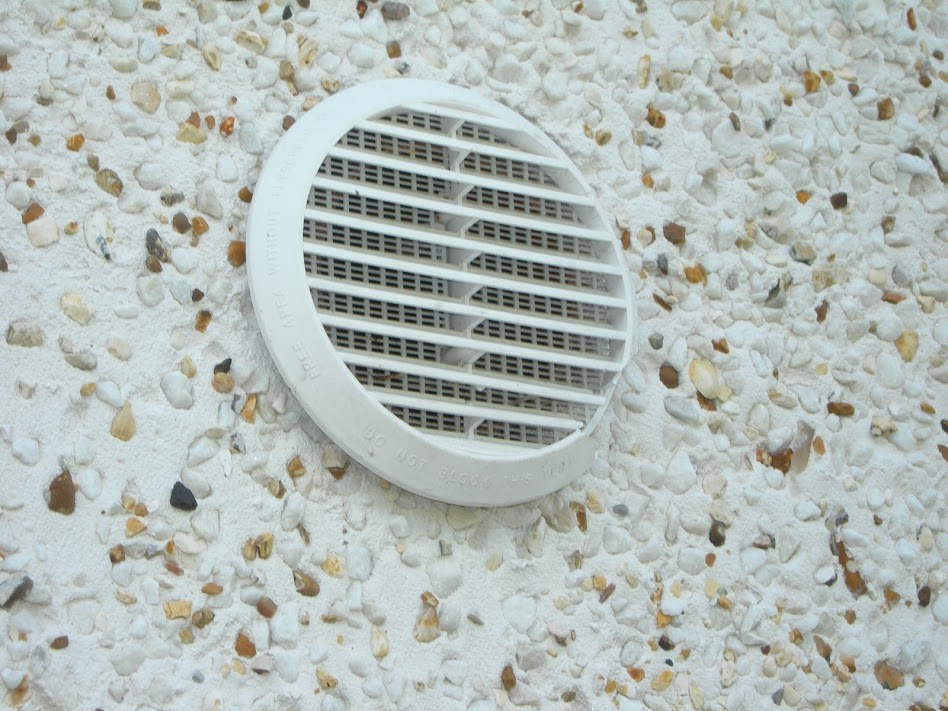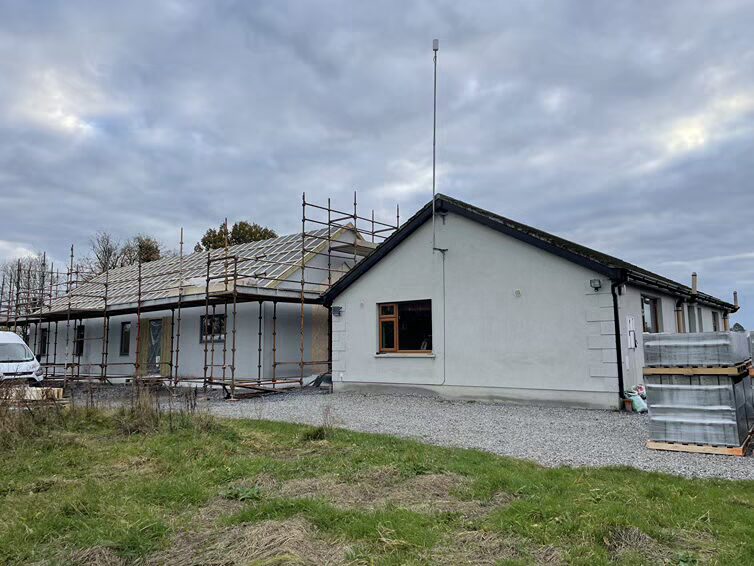Home improvement projects: what should prospective house buyers look out for when purchasing a house they intend to renovate?
CT: For house-hunters willing to undertake home improvements, there are amazing opportunities in the current market. My golden rule is to always prioritise location. Houses in the most popular Dublin neighbourhoods are in short supply and therefore pricey while in regional and rural areas, run down houses are available at low prices.
Location and value aside, purchasers of such a property should be mindful of basic utilities like septic tank and water supply, as well as issues relating to planning permission and retention. For example, many derelict cottages on the market today do not have a septic tank and crucially, they do not have the requisite space to put one in, nor may they get planning permission to add one.
Inside a few standard checks should include the state of the electrics, plumbing and heating; cracks in the chimney; identify load-bearing walls to see if your plan can be achieved within the space; lift carpets to get a good idea of the quality of floor boards; check for damp and condensation and identify the source.
KD: Renovation projects are very tricky; even people with experience make grave errors when dealing with some jobs like protected structures. The main thing you want to avoid is properties that have heavy structural issues. A good quality building surveyor will normally spot this. Rising and falling damp, roof problems and subsidence are the main culprits; identify the causes and bear in mind the cost of remedial works can be very high.
A quantity surveyor is money well spent when it comes to renovations, or deal with an architect who knows the type of work and even get a builder to quote for it, that should give you an idea of the price, then be ready for contingency because sometimes you open up old buildings and find big surprises which (I have seen) can even be things like finding skeletons or historical relics which may be of national importance in the place where your foundations are meant to go!
DT: Purchasers when viewing homes should ask the vendor if the building has had any recent insulation upgrades in the walls, floor and roof or installation of new windows. It is also a good idea to check the boiler for its last inspection date, if it was serviced within 12 months it is a good sign that the owners are house proud and maintain their home. Know that upgrading older buildings to current standards may need to be done and this can be very expensive.
In order to raise the sale value of a house a new bathroom or kitchen may have been installed. If that’s the case make sure it’s in the right place and fit for purpose – you don’t want to end up paying for it twice! Therefore once you’re sure there are no structural issues I’d advocate choosing a house with the bare minimum so you can put your stamp on it; it should be cheaper to buy too. Some houses sold at very low prices could also be bought as a site, that is, you could knock it down and rebuild but you will need planning permission and this may or may not be easy to get.
What’s your experience of the value and authenticity of certificates for work done when received from previous owners? Let’s say a bathroom was put in recently and the new owners find something wrong, how successful will they be in getting redress from the original tradesperson?
Barry Rafferty: Before purchasing a home a Condition/Structural Report should be undertaken by a building surveyor/architect/engineer appointed and paid for by you. You should also seek from the vendor via their solicitor an Opinion on Compliance with the Planning and Building Regulations. Should you discover defective work after the purchase you can seek recourse in the Courts from the qualified and insured professionals who signed off on the building. However in many cases this is a long road that leads to a dead end. It is always a lot easier and less stressful to do your due diligence when purchasing and just walk away if you have any doubts.
KD: There is a whole area of professional assurances, be it Homebond, certificates of compliance or otherwise but in truth the best thing is to avoid buildings that are faulty. Even with a perfect outcome chasing a person down will probably take years, I have been through this process. It’s a waste of time, money and destroys your will to live. There is enough good construction in this country so if you don’t know how to spot a bad one pay a person who can and go with their guidance.
CT: Certificates are often signed by a building surveyor, architect or engineer after the house has been completed and usually only represents an opinion. It will therefore be very difficult to chase the original tradesperson – the only way to do so will be to act on the warranty/contract associated to that element and even then as a third party you may find it difficult to make a claim on that basis. The good news is that when dealing with a company with a good track record, you’re likely to find that they will stand by their work and rectify the problem once they realise there is a defect.
As your aim is to make sure the house is up to the standard it was meant to be built to, you will be saving time and money by directly consulting the experts who installed the systems/building components. Last summer American purchasers of a very high tech, newly built home in the West of Ireland ran into huge difficulties when trying to get the structural survey carried out. They had all of the necessary building certificates but the first surveyor excluded most of the high tech features from his report as he simply did not understand how they worked and could therefore not check them. A second surveyor came out whose main role was to make contact with each company that had contributed to the more complicated elements of the build. The reality is that despite having all of the necessary certificates, the most relevant and useful document the new owners got was a list of names from the main contractor of every person who had worked on their build and what task each had undertaken.
What are the most common mistakes made once the loan has been secured and how can these be avoided?
CT: Mismanaging finances, getting the early budget wrong or, more commonly, getting the budget right in theory but then failing to deliver, all make up the catalogue of common self-build mortgage mistakes. A lot of this comes down to poor preparation, misguided research and unrealistic expectations of favours that can be called in when needed. One of the ways to avoid this is by facing financial problems as soon as they appear on paper and not trying to mask them on site by incurring additional short-term debt, for example maxing credit cards or borrowing from friends and family. A top-up might be justified and possible at advanced stages of the build but not if the applicants have painted themselves into a tight corner, pardon the pun!
KD: A common issue is not being prepared, trying to do a job too cheaply by using direct labour but actually underestimating then running into overruns. Construction can be inexpensive or expensive, as of 2014 with new ROI regulations the costs are likely to increase. We have often seen people forget to factor in local authority contributions, connection fees or the various bonds you have to lodge for water, trees, etc. Home improvement is more simple, but don’t forget that not every improvement is ‘planning free’, and even if you do get away with something that should have planning and doesn’t and you get retention, when you go to sell it can all backfire on you and make the property less attractive to purchasers.
- Pages:
- 1
- 2




















